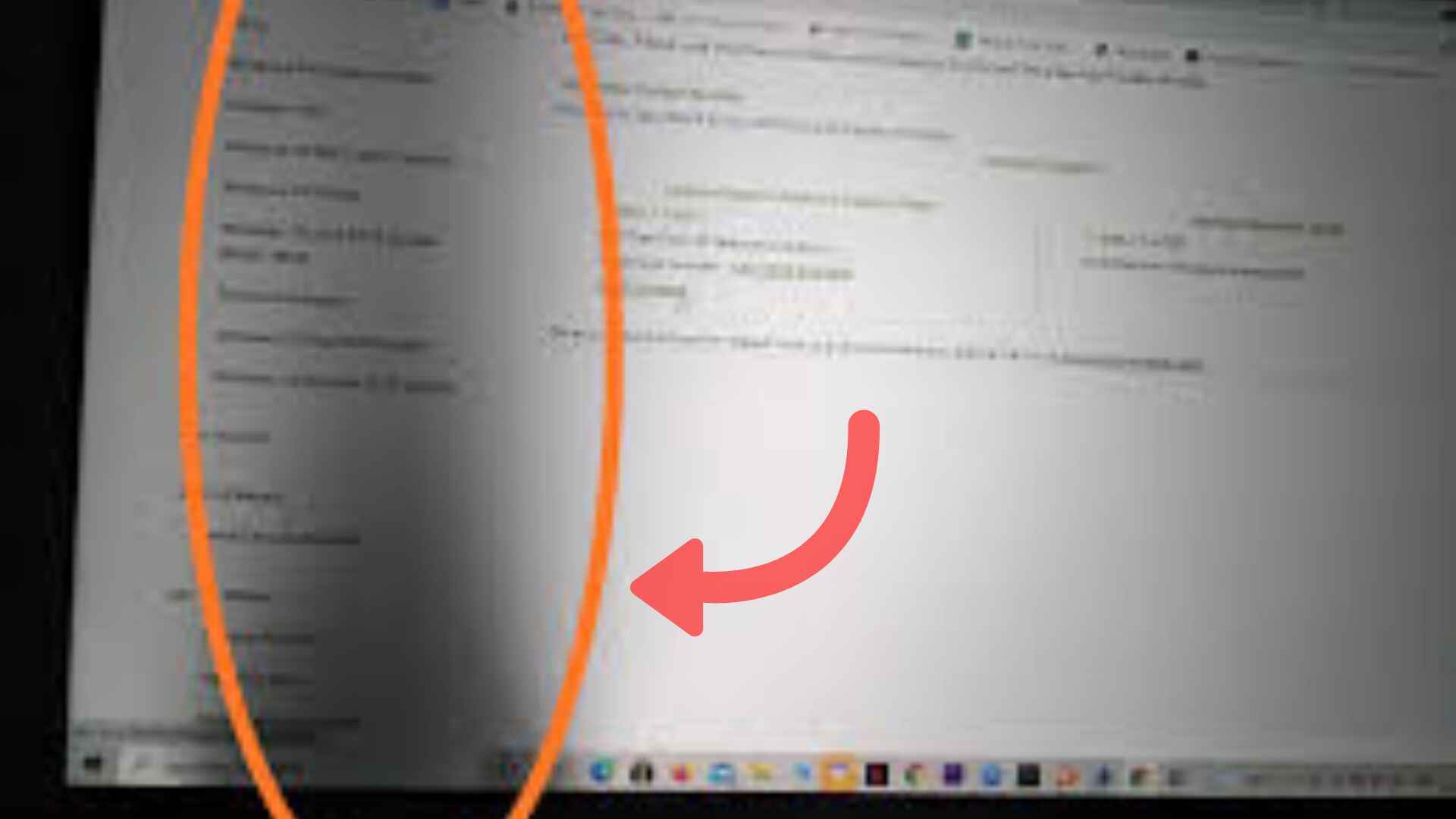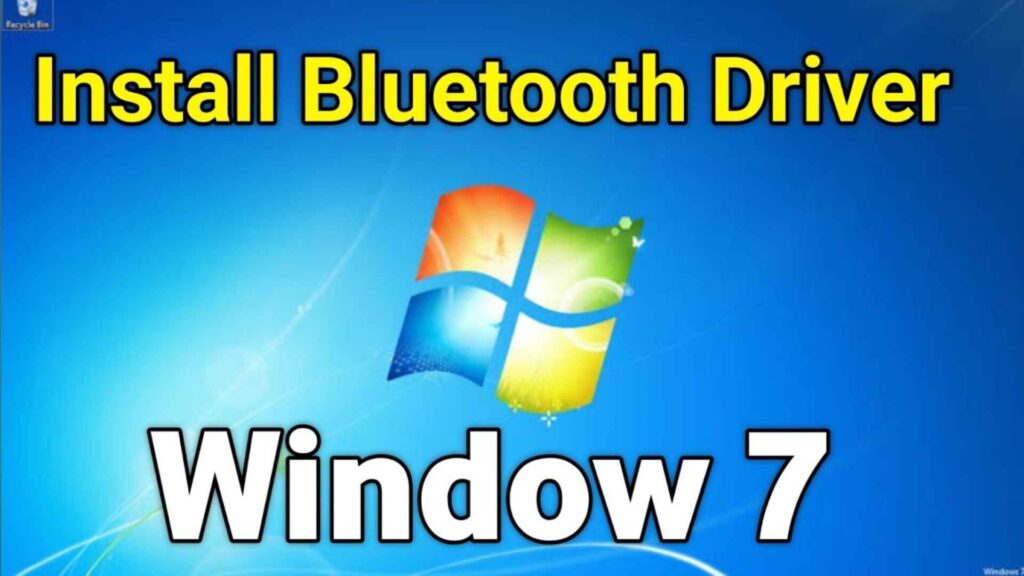Have you ever noticed a faint dark blur or ghostly outline that lingers on your computer display? That frustrating computer screen shadow problem can make even the best monitors look defective and drive you crazy while working, gaming, or streaming. But here’s the good news — you don’t have to live with it. Whether you’re using Windows 10, Windows 11, or even a Lenovo or Dell laptop, this proven trick can help you fix it fast and restore your screen’s crystal clarity.
Understanding the Computer Screen Shadow Problem
Before we jump into the fix, let’s understand what exactly this computer screen shadow problem is. The issue often shows up as a faint duplication of text or images that appear just to the right of what’s displayed — as if your screen is haunted by a digital ghost. This phenomenon is sometimes called monitor ghosting or screen shadowing, and it can happen for several reasons depending on your setup.
What Causes the Computer Screen Shadow Problem?
There isn’t one single reason for the computer screen shadow problem, which makes it tricky to diagnose. On Windows 10 or Windows 11, the problem can stem from outdated graphics drivers or misconfigured display settings. If you’re on a Dell or Lenovo laptop, the issue could be related to the refresh rate or even internal cable connections loosening over time.
In some cases, users report that their computer screen has shadows to the right, creating an uneven display that affects productivity and comfort. The same problem can happen on a monitor, or even a phone screen, resulting in what’s known as screen shadow on phone — a similar display issue but on mobile devices.
How to Identify If You Have the Computer Screen Shadow Problem
The first step to solving anything is identifying it correctly. To confirm whether your display suffers from a computer screen shadow problem, open a simple white document or web page with text. If you notice faint outlines or duplications — especially to the right — that don’t move when you scroll, congratulations, you’ve found your culprit.
Some HP laptop shadow on screen users mistake this for a backlight issue, while others think their screens are cracked. In reality, it’s often a monitor ghosting effect that can be fixed with a few adjustments.
Common Triggers for Screen Shadows
You may notice the computer screen shadow problem worsening after installing updates, switching display cables, or connecting to external monitors. Monitor ghosting fix solutions vary, but one consistent theme is the need to fine-tune refresh rates, contrast settings, and graphics drivers.
The computer screen shadow problem Windows 10 fix may differ slightly from the Windows 11 solution, but the root causes are similar: mismatched display settings or hardware limitations.
The Proven Trick to Fix the Computer Screen Shadow Problem
Here’s the part you’ve been waiting for — the proven, reliable fix that works across different brands and operating systems.
Step One: Adjust Display Refresh Rate and Resolution
Most computer screen shadow problem Windows 10 and Windows 11 cases happen because the display refresh rate is out of sync with the monitor’s native capability. Go to your display settings, click on Advanced Display Settings, and select the refresh rate closest to your monitor’s recommended setting. Restart your computer afterward.
If you’re using a Dell or Lenovo laptop, this small adjustment can make the shadows vanish almost instantly.
Step Two: Update or Reinstall Graphics Drivers
Outdated or corrupted graphics drivers are another major cause of the computer screen shadow problem. Visit your GPU manufacturer’s website (Intel, NVIDIA, or AMD) and download the latest version. For many Windows 10 and Windows 11 users, this is the single change that permanently removes shadows.
Once updated, restart your system and test again. You’ll often find your monitor ghosting gone and your screen looking new.
Real-Life Story: When a Simple Fix Saved a Designer’s Deadline
A graphic designer named Emma once faced an intense computer screen shadow problem on her Lenovo laptop right before a big client presentation. Texts looked blurry, images overlapped, and colors seemed dull. She thought her screen was damaged — until she followed this same guide.
After adjusting her refresh rate and updating her drivers, the shadows disappeared. She went on to finish her presentation, impress the client, and later joked, “That was the day I stopped blaming ghosts and started updating drivers.”
The moral? Sometimes, a small technical tweak can save big creative moments.
Advanced Fixes for Persistent Computer Screen Shadow Problem
If you’ve tried the above and still notice shadows, there are advanced steps that can take your troubleshooting further.
Calibration and Connection Checks
Loose internal or external display cables can also cause the computer screen shadow problem — especially for Dell and HP laptops. Re-seat the display cable or test with a different one. Also, run a monitor calibration tool to fine-tune brightness and contrast settings.
In some cases, using a different HDMI or DisplayPort cable can completely remove the shadow on the monitor effect.
Hardware Testing
If you see the same shadow on the monitor even in BIOS or safe mode, the problem might be hardware-related. For Lenovo and Dell laptops, this could mean a ribbon cable or internal screen connection issue. For external monitors, consider testing your display on another PC. If the monitor ghosting persists, it may be time for a professional check-up.
How to Fix Shadow on Laptop or Phone Screen
Yes, the computer screen shadow problem has a mobile cousin. If you’ve noticed screen shadow on the phone, the fix is similar — lower brightness, enable adaptive display, and avoid static images for long periods. For how to fix shadows on a phone screen, apps that refresh pixel colors can sometimes reset the shadow and prevent burn-in.
When used regularly, these techniques prevent shadow formation on both laptop and phone screens, extending your device’s lifespan.
Why Fixing the Computer Screen Shadow Problem Matters
The computer screen shadow problem isn’t just cosmetic — it can strain your eyes, reduce productivity, and distort images. If you’re a content creator, gamer, or even a student, accurate visuals are crucial.
Fixing this issue restores not only display clarity but also confidence in your work setup. You’ll notice sharper visuals, smoother animations, and reduced fatigue — especially for extended computer sessions.
Expert Insight: Prevention Is Better Than Cure
According to Dr. Emily Hayes, a digital display specialist, “Most computer screen shadow problems can be prevented with regular driver updates and proper monitor calibration. Once shadows appear, fixing them quickly ensures they don’t become permanent.”
Following that advice can save you from the frustration many Windows 10 and Windows 11 users face daily.
Conclusion
If you’ve made it this far, you now have everything you need to fix the computer screen shadow problem for good. Whether you’re on Windows 10, Windows 11, Dell, Lenovo, or HP, the proven trick is the same — adjust refresh rate, update drivers, and keep your display healthy.
The next time you see your computer screen has shadows to the right, don’t panic — just apply what you’ve learned here. Fixing it is faster, easier, and more satisfying than you think.
Now it’s your turn: Have you ever faced a computer screen shadow problem before? Drop your experience in the comments — let’s solve screen shadows together!
FAQS
How to fix shadows on a computer screen?
Adjust the display refresh rate, update graphics drivers, and calibrate brightness/contrast to remove shadows.
Why is my computer screen ghosting?
Ghosting happens due to slow pixel response, outdated drivers, or mismatched refresh rates on your monitor.
How to fix a monitor's dark spot?
Check for dead pixels, clean the screen, adjust brightness, and test with a different cable or monitor to isolate the issue.
Why does my computer screen keep darkening?
Automatic brightness, power-saving settings, or failing backlight can cause your screen to darken; adjust settings or check hardware.







